Description
P. polyphylla is a spreading, rhizomatous perennial with smooth, erect stems, each bearing a whorl of lance-shaped, mid-green leaves. Yellow and green, solitary, spider-like flowers bloom in summer followed by green capsules containing shiny, red seeds when ripe.
Habitat and distribution Shady and moist places, forests; 1800-3300m, CE Nepal. Also distributed in Kumaon, Bhutan, Assam, S Tibet, Burma, Thailand, China.
Diagnostic characters Erect herb to 60cm tall with creeping rootstock. Leaves in a whorl of 4-9, petioled, oblong or lanceolate, acuminate. Flowers greenish, solitary, terminal, 4-6 ovate-lanceolate perianth segments. Flowering and fruiting Parts used Root Uses A paste of the root is applied to cuts and wounds. Pieces of the root are fed to cattle with diarrhea and dysentery. Juice of the root is taken as an anthelmintic. Harvesting Roots are harvested from the matured plant during Aug.-Sep.
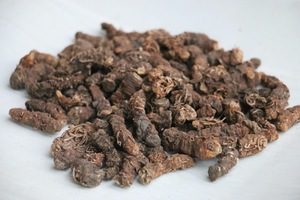
The rhizome of Paris polyphylla, also known as
Satuwa has long been used as an antihelmintic, antispasmodic, digestive stomachic, expectorant, and vermifuge in the Himalayan mountains. The powder of the rhizome is used for fever and food poisoning. Root paste is applied as an antidote to snake bites and poisonous insect bites and also to alleviate narcotic effects. Chewing a piece of the root assists in the healing of internal wounds below the throat while applied on cut it heals external wounds. It produces vasoconstriction in kidney, vasodilation in spleen and limbs and stimulates the isolated intestine. Pieces of the root are fed to cattle for diarrhea and dysentery.
Researches conducted on Satuwa

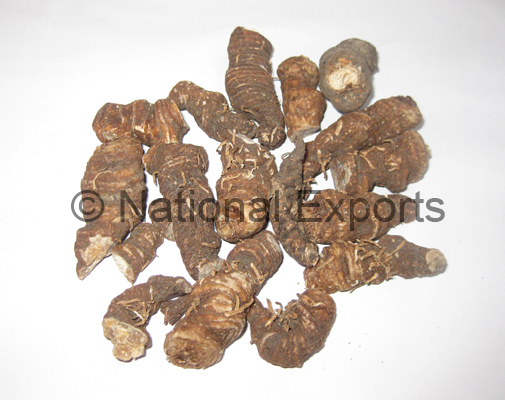
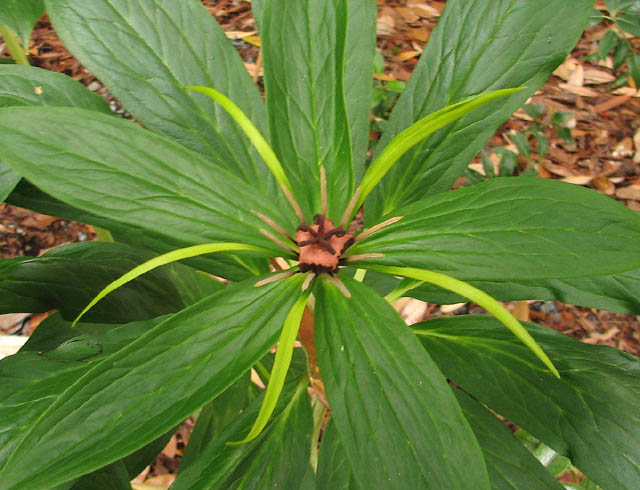
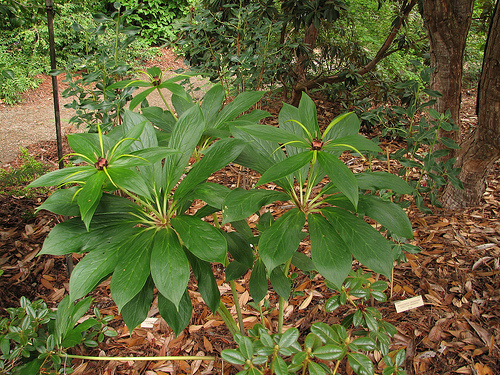
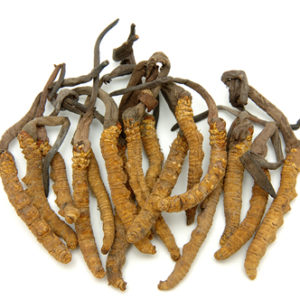
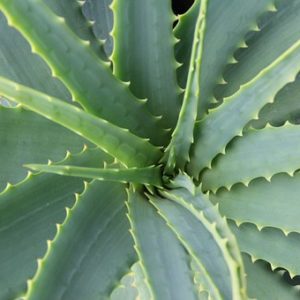
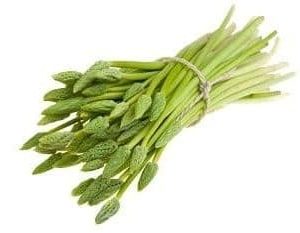
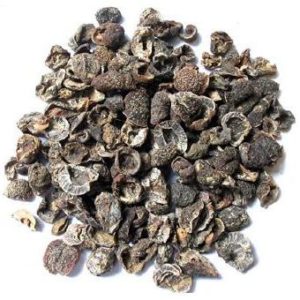
Reviews
There are no reviews yet.